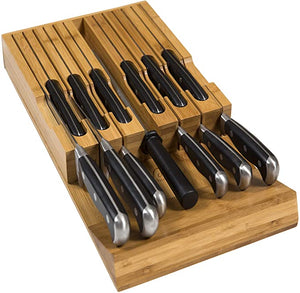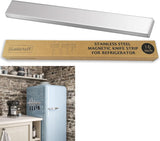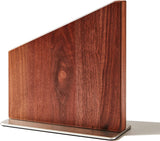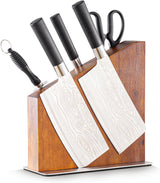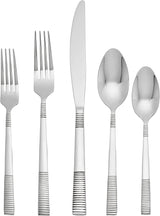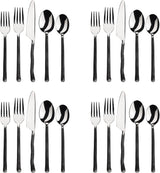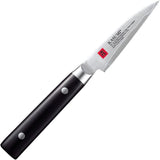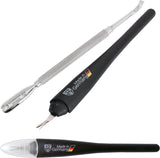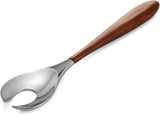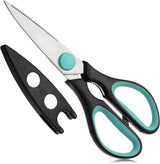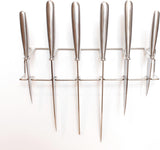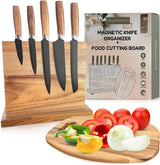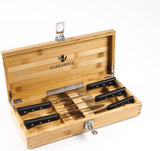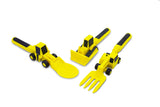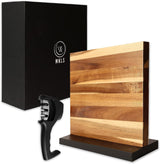In the culinary world, the importance of a well-maintained knife cannot be overstated. A polished knife blade is not just about aesthetics; its about performance, safety, and longevity. Whether you're a seasoned chef or a budding culinary artist, knowing how to polish knife blade effectively is a skill that will elevate your kitchen experience. In this article, we will delve into the intricacies of blade polishing, providing insights that will keep your knives in pristine condition.
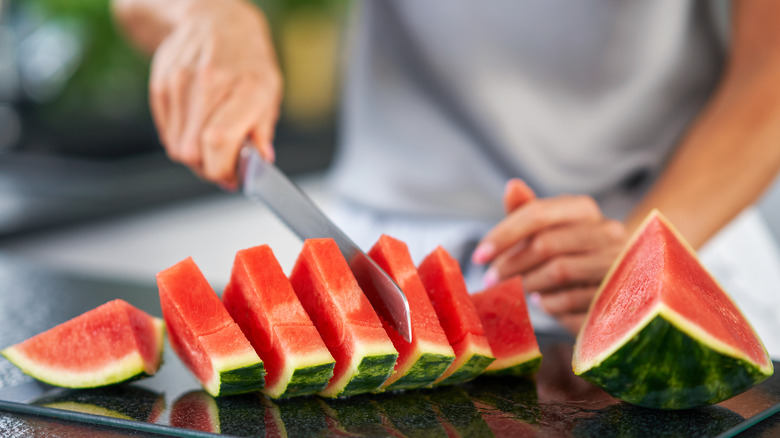
The Importance of a Polished Knife Blade
A polished knife blade isnt merely a shining accessory in your kitchen arsenal; its a crucial component that ensures precision and efficiency. A smooth surface reduces friction, allowing for cleaner cuts and safer handling. Moreover, regular polishing removes rust and prevents corrosion, significantly extending the life of your knife. For in-depth methods on keeping your knives in top condition, you might want to explore resources on how to clean a knife.
Tools and Materials Needed for Polishing
Gathering the right tools is the first step towards achieving a polished blade. You will need the following:
- Whetstones: Essential for sharpening and polishing.
- Cloth or Microfiber Cloth: For cleaning and applying polish.
- Polishing Compound: Choose a high-quality compound designed for metal.
- Protective Gloves: To safeguard your hands during the process.
Ensure that each tool is specifically designed for knife maintenance to avoid damaging the blade. For additional tips on choosing the right tools, consider visiting our detailed brand guide for insights on what brands offer the best materials.
Step-by-Step Guide to Polishing Your Knife Blade
Step 1: Clean Your Knife
Before you start polishing, thoroughly clean the blade. Use warm, soapy water and a soft cloth to remove any debris, then dry the knife completely. Keeping your knife clean is crucial for maintaining its polish. For more on cleaning techniques, check out knife maintenance guides that offer insights into various methods.
Step 2: Use a Whetstone
A whetstone is indispensable for sharpening. Soak the whetstone in water for about 5 to 10 minutes to prepare it. Then, hold the knife at a 20-degree angle and gently run it against the grain of the stone. Repeat this process until you achieve a sharp and smooth edge.
Step 3: Apply Polishing Compound
Once the blade is sharpened, apply a small amount of polishing compound to a cloth. Rub the compound in circular motions across the blade, focusing on sections that require attention. This process not only polishes but also buffs out micro-scratches, adding a lustrous finish to the blade.
Step 4: Final Clean and Storage
After polishing, rinse the blade to remove any residue left by the compound, and dry it with a clean microfiber cloth. Store your knife properly in a sheath or on a magnetic strip to maintain its polished state. To ensure youre using best practices, our knife brand reviews provide actionable storage advice.
Maintaining Your Knife Post-Polishing
Maintenance doesnt stop at a single polishing session. Regular upkeep will preserve the knife's sheen and functionality. Continue using appropriate cleaning techniques and store your knife in a dry environment. Rust prevention is equally important, and for tackling tough spots, our article on removing rust from knives offers comprehensive tips.
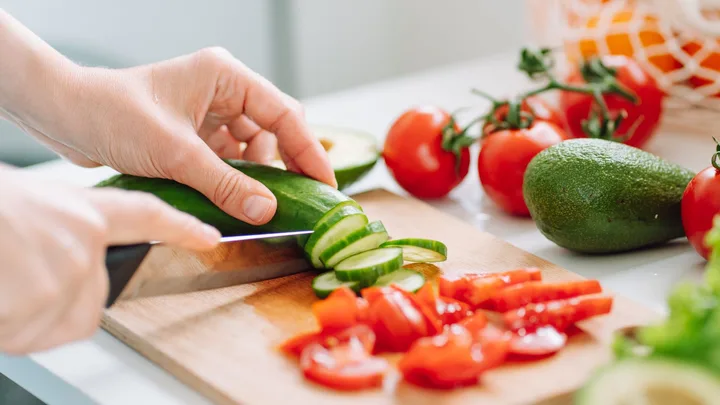
FAQs
Q1: How often should I polish my knife?
A: Polishing frequency depends on usage, but for regularly used knives, polishing every few months is recommended to maintain sharpness and appearance.
Q2: Can I use any metal polish on my knife?
A: Its best to use polishing compounds specifically designed for knives to prevent damage. Generic metal polishes can be abrasive and damage delicate knife blades.
Q3: What if my knife has a hard-to-remove stain?
A: For persistent stains, consider more targeted products or refer to our stain removal techniques for specialized methods.
In conclusion, knowing how to polish knife blade skillfully is essential for any kitchen professional aiming to bring precision and flair to their culinary work. Implementing these techniques ensures that your knives will serve you impeccably, reflecting the care and professionalism of your culinary practice.
This article contains affiliate links. We may earn a commission at no extra cost to you.
